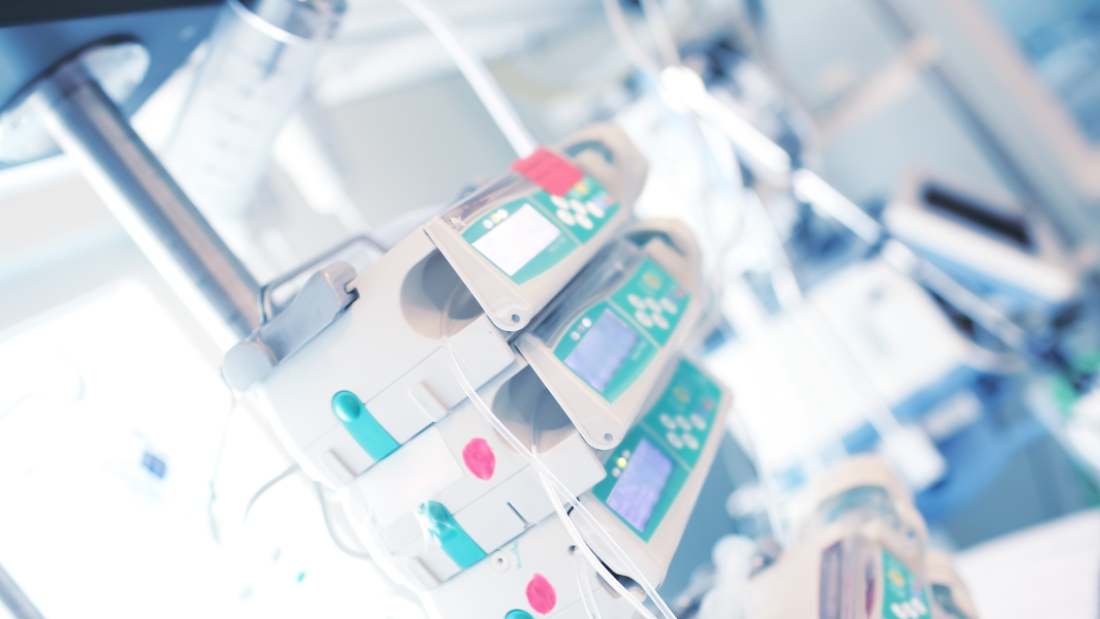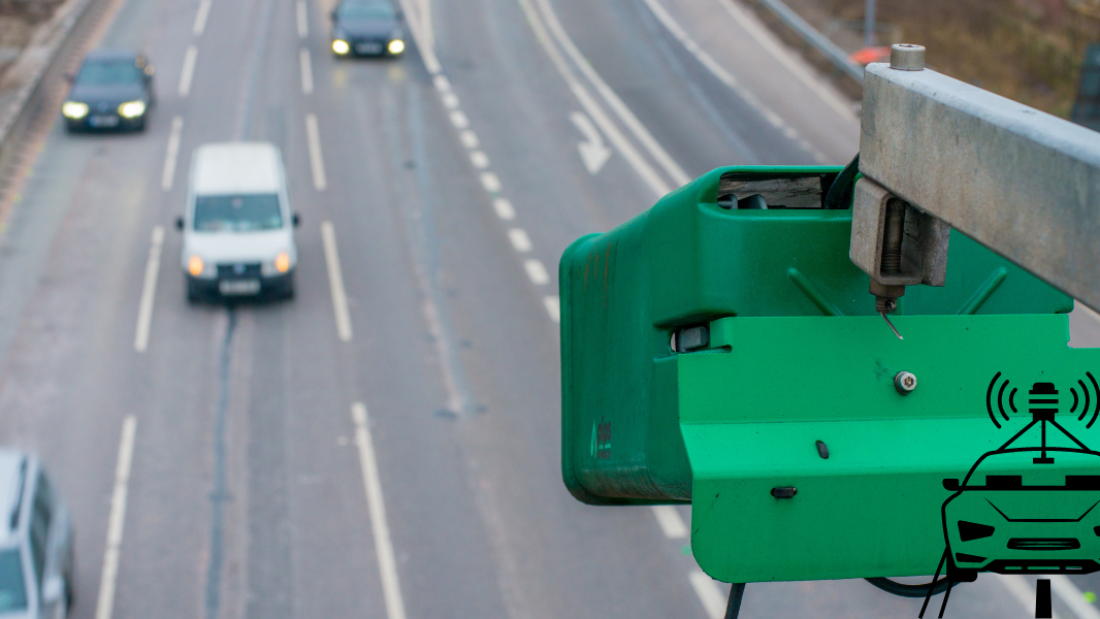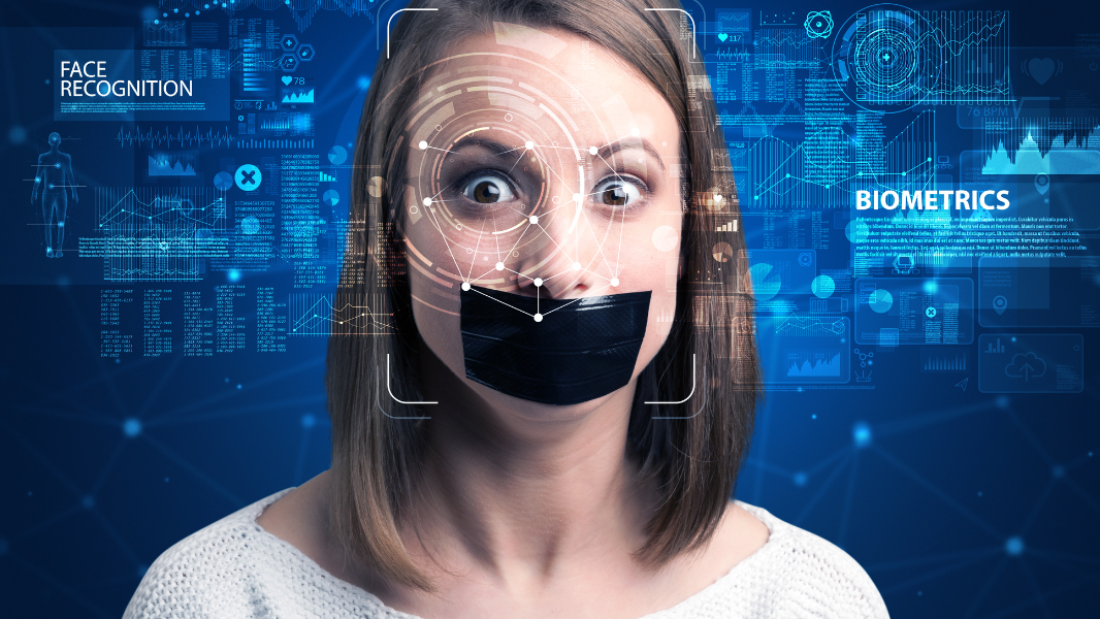Did you know that the global face recognition market is projected to reach $12.92 billion by 2027? Face recognition technology has revolutionized security measures, unlocking a world of possibilities in various sectors. From enhancing user experience to improving surveillance systems, the applications are vast and impactful. This blog post delves into the fascinating realm of face recognition, exploring its benefits, challenges, and future implications. Stay tuned to discover how this cutting-edge technology is reshaping our daily lives and industries.
What is Benchmarking
Definition
Benchmarking is the process of comparing performance metrics against established standards to evaluate the efficiency and effectiveness of a system.
Benchmarking in face recognition systems involves measuring the accuracy, speed, and reliability of the technology in identifying individuals.
Purpose
The primary purpose of benchmarking in face recognition is to assess the system’s performance against industry standards and competitors.
It helps organizations understand their system’s strengths and weaknesses, enabling them to make informed decisions for enhancement.
Benefits
Benchmarking assists in identifying areas for improvement in face recognition technology by highlighting deficiencies or inefficiencies.
Key Accuracy Metrics
Precision and Recall
Precision and recall are crucial metrics in evaluating the accuracy of face recognition systems. Precision measures the proportion of correctly identified faces among all faces that the system claims to have identified. On the other hand, recall assesses the system’s ability to identify all relevant faces in a given dataset.
When it comes to accurate face recognition, achieving a balance between precision and recall is essential. While high precision indicates a low false positive rate, high recall signifies a low false negative rate. Thus, a reliable face recognition system should strive to optimize both metrics simultaneously.
F1 Score
The F1 score serves as a harmonized metric that balances precision and recall in face recognition accuracy assessment. It considers both false positives and false negatives, providing a comprehensive evaluation of the system’s performance. By incorporating both precision and recall, the F1 score offers a more holistic view of the system’s accuracy compared to individual metrics.
In ongoing face verification accuracy testing, the F1 score plays a pivotal role in determining the overall effectiveness of face recognition technology. A high F1 score indicates a system that excels in both minimizing false positives and false negatives, thereby enhancing its reliability and practical utility.
True Positive Rate
The true positive rate, also known as sensitivity or recall, measures the proportion of actual positive cases correctly identified by the system. In accurate face identification algorithms, a high true positive rate implies that the system can effectively recognize genuine faces from a diverse range of datasets.
Robust face detectors rely on the true positive rate to ensure consistent and reliable performance across various scenarios. By emphasizing the importance of accurately identifying true positives, face verification algorithms can enhance their overall precision and minimize errors in face recognition processes.
Error Rate Metrics
False Acceptance Rate (FAR)
False Acceptance Rate (FAR) represents the probability of an unauthorized user being incorrectly granted access. This error metric indicates how often the system mistakenly identifies an individual as someone else. It is crucial to minimize FAR to enhance security levels in face recognition systems.
False Rejection Rate (FRR)
On the other hand, False Rejection Rate (FRR) signifies the likelihood of a legitimate user being denied access. When FRR is high, it implies that the system frequently fails to recognize authorized users, causing inconvenience and frustration. Lowering FRR is essential for improving user experience and system efficiency.
Impact on User Trust and System Credibility
High error rates, whether FAR or FRR, can significantly impact user trust and system credibility. When users experience frequent false rejections or acceptances, they may lose confidence in the system’s ability to accurately verify identities. This can lead to reluctance in adopting the technology and potential security vulnerabilities.
Equal Error Rate (EER) Significance
Equal Error Rate (EER) serves as a critical benchmark for evaluating the overall performance of face recognition systems. It represents the point where FAR and FRR are equal, indicating an optimal balance between security and user convenience. Achieving a lower EER value implies higher accuracy and reliability in identity verification processes.
Recognition Speed Importance
Real-Time Applications
Face recognition performance is crucial for real-time applications, emphasizing the need for low latency. In scenarios like security checkpoints or access control, swift identification is paramount.
In these instances, delays in face recognition can lead to bottlenecks and compromised security. Real-time systems must process and match faces swiftly to ensure efficient operations.
User Experience Impact
The speed of face recognition directly influences user experience. Users expect quick responses when interacting with technology. Slow recognition can result in frustration and dissatisfaction.
Efficient algorithms that deliver rapid results enhance user satisfaction. Seamless interactions with face recognition systems improve overall user perception and acceptance.
Operational Efficiency
In sectors like law enforcement, banking, and transportation, operational efficiency hinges on fast face recognition. Swift identification of individuals streamlines processes and enhances security measures.
Ongoing monitoring of face recognition technology evaluations ensures optimal system performance. Timely identification of individuals aids in quick decision-making and improves overall operational effectiveness.
Pros:
Enhances security measures
Improves user experience
Streamlines operational processes
Cons:
Slow recognition may lead to bottlenecks
Frustrates users and impacts system adoption
Examples:
In airport security, rapid face recognition expedites passenger screening.
Banks utilize fast face recognition to verify customer identities efficiently.
System Scalability
Adapting Technology
Scalability in face recognition systems refers to their ability to expand and handle increasing user data and system demands. As technology advances, the need for scalable systems becomes crucial.
Scalable systems can easily accommodate ongoing face verification testing and adapt to evolving technology trends. They ensure seamless performance even as the volume of data and user interactions grows.
Challenges Faced
Non-scalable systems struggle when faced with large datasets, leading to performance bottlenecks and system failures. These systems may experience delays in processing information, impacting the overall efficiency of the face recognition process.
Pros:
Efficient handling of growing user data.
Ability to adapt to changing technological requirements.
Cons:
Non-scalable systems face challenges with large datasets.
Performance bottlenecks may arise, affecting system functionality.
User Needs Evolution
Scalable face recognition systems play a vital role in meeting the evolving needs of users. By efficiently managing increasing amounts of data, these systems ensure smooth operations and accurate identification processes.
The ability to handle ongoing face verification testing without compromising speed or accuracy is a significant advantage of scalable systems. Users benefit from consistent performance even as the system load increases.
Methods for Benchmarking
Controlled Testing
Controlled testing is a fundamental method for benchmarking public face recognition benchmarks. It involves conducting experiments in a controlled environment, ensuring consistent conditions for accurate evaluation. Researchers meticulously design test scenarios to assess the performance of face recognition systems under specific parameters.
Controlled testing allows for the systematic comparison of different algorithms and techniques, providing valuable insights into their strengths and weaknesses. By using standardized datasets and predefined evaluation metrics, researchers can objectively measure the effectiveness of face detection benchmarks.
Field Trials
Field trials play a crucial role in evaluating the real-world applicability of face recognition systems. Unlike controlled testing, field trials involve testing systems in uncontrolled environments, such as crowded streets or busy airports. This method helps researchers understand how well face recognition technologies perform in practical scenarios.
Field trials provide researchers with valuable data on the system’s robustness, accuracy, and efficiency in challenging conditions. By analyzing the system’s performance in diverse real-world settings, researchers can identify potential limitations and areas for improvement.
Importance of Diverse Datasets
Using diverse datasets is essential for ensuring a comprehensive evaluation of face recognition systems. Datasets that represent various demographics, including different ethnicities, ages, and genders, help researchers assess the system’s performance across a wide range of populations. Diverse datasets also enable researchers to evaluate the system’s fairness and bias mitigation strategies.
By incorporating diverse datasets into benchmarking practices, researchers can enhance the reliability and generalizability of their evaluations. It allows for a more thorough assessment of the system’s performance across different scenarios and demographics, leading to more robust and inclusive face recognition technologies.
Role of Industry Standards and Frameworks
Industry standards and frameworks play a critical role in guiding benchmarking practices in the field of face recognition. Organizations such as NIST (National Institute of Standards and Technology) provide guidelines and protocols for conducting benchmarking studies, ensuring consistency and comparability across different research efforts.
Practical Considerations
Cost
Implementing face recognition verification systems involves significant costs for acquiring hardware, software, and expertise. The expenses include purchasing high-quality cameras, powerful processors, and secure storage solutions.
The initial investment in face recognition technology can be substantial, especially for businesses with limited budgets. However, the long-term benefits such as enhanced security and improved efficiency can outweigh the upfront costs. It is crucial to conduct a cost-benefit analysis to determine the feasibility of implementing face recognition verification.
Resources
Successful implementation of face recognition verification requires dedicated resources in terms of skilled personnel, IT infrastructure, and training programs. Companies need to allocate sufficient resources for system integration, data management, and maintenance.
Having a team of trained professionals who specialize in biometric technologies is essential for the smooth operation of face recognition systems. Regular training sessions should be conducted to keep the staff updated on the latest developments in the field of biometrics.
Time
The deployment of face recognition verification systems can be time-consuming due to the complexity of integrating various components and ensuring seamless functionality. The process involves setting up hardware, configuring software, testing algorithms, and optimizing performance.
Companies must allocate adequate time for planning, testing, and deployment to minimize disruptions to daily operations. It is essential to establish a timeline with clear milestones to track progress and ensure timely completion of the implementation process.
Continuous Monitoring and Updating
Continuous monitoring and updating of benchmarks are essential to ensure the accuracy and effectiveness of face recognition verification systems. Regular performance evaluations help identify any deviations from expected outcomes and facilitate timely corrective actions.
By regularly monitoring benchmarks, companies can detect potential issues such as algorithm drift, environmental changes, or system failures. Updating benchmarks based on real-time data ensures that the face recognition system remains reliable and efficient in identifying individuals accurately.
Stakeholder Involvement
Involving stakeholders in the benchmarking process is crucial to align verification goals with business objectives and ensure organizational buy-in. Engaging key stakeholders such as management, IT teams, security personnel, and end-users helps define clear objectives and expectations.
Stakeholders play a vital role in providing valuable insights, feedback, and support throughout the implementation of face recognition systems. Their involvement fosters collaboration, promotes transparency, and enhances overall project success.
Real-World Examples
Security Systems
Face recognition technology has revolutionized security systems worldwide. Various face recognition technologies have been successfully implemented in high-security areas such as airports and government buildings. These systems use wider face data sets to accurately identify individuals, enhancing overall security measures.
Successful examples include the deployment of face recognition for access control in corporate offices. By testing face recognition applications extensively, companies ensure the reliability and accuracy of these systems. This technology allows for seamless entry for authorized personnel while maintaining strict security protocols.
Retail Applications
In the retail sector, face recognition plays a crucial role in enhancing customer engagement and analytics. Retailers utilize current face recognition systems to personalize the shopping experience for customers. By analyzing customer demographics through facial recognition, retailers can tailor marketing strategies effectively.
Moreover, ongoing face identification testing in retail settings helps businesses understand customer behavior patterns. For instance, major retail chains use facial recognition to monitor foot traffic and optimize store layouts for better customer flow. By leveraging these insights, retailers can enhance operational efficiency and boost sales.
Benchmarking Case Studies
Benchmarking in face recognition has led to significant improvements in system performance across various industries. Organizations conduct benchmarking studies using traditional face detectors and unconstrained face detection data sets to evaluate system accuracy.
Case studies have shown that benchmarking helps identify areas for improvement in face verification algorithms. By comparing different algorithms against a standardized set of metrics, developers can enhance the precision and speed of face recognition systems. These improvements result in more reliable identification processes and increased security measures.
Summary
Conclusion
You now have a solid understanding of benchmarking in face recognition systems. By focusing on key accuracy metrics, error rate considerations, recognition speed, scalability, and practical aspects, you are equipped to evaluate and improve face recognition technologies effectively. Real-world examples have illustrated the importance of benchmarking for enhancing system performance and reliability. Moving forward, ensure you implement these insights to optimize face recognition solutions in your projects. Keep benchmarking at the forefront of your development process to achieve superior results and stay ahead in the rapidly evolving landscape of facial recognition technology.
Frequently Asked Questions
What is the importance of face recognition benchmarking?
Face recognition benchmarking is crucial for evaluating the performance of systems accurately. It helps in comparing different solutions, understanding their accuracy, speed, and scalability to make informed decisions when implementing face recognition technology.
How are accuracy metrics significant in face recognition benchmarking?
Accuracy metrics play a vital role in determining how well a face recognition system performs. Metrics like True Positive Rate (TPR), False Positive Rate (FPR), and Accuracy Rate provide insights into the effectiveness and reliability of the system in identifying faces.
Why are error rate metrics essential in face recognition benchmarking?
Error rate metrics such as False Acceptance Rate (FAR) and False Rejection Rate (FRR) help in assessing the system’s precision and reliability. Monitoring these metrics allows for fine-tuning the face recognition system to minimize errors and enhance overall performance.
What is the significance of recognition speed in face recognition benchmarking?
Recognition speed is critical as it determines how quickly a system can identify faces, especially in real-time applications. Faster recognition speed ensures efficient processing of data, leading to swift responses and improved user experience in various scenarios.
How does system scalability impact face recognition benchmarking?
System scalability is crucial for accommodating varying workloads and expanding user bases. Evaluating scalability during benchmarking ensures that the face recognition system can handle increased demands without compromising performance, enabling seamless operations across different scales.









